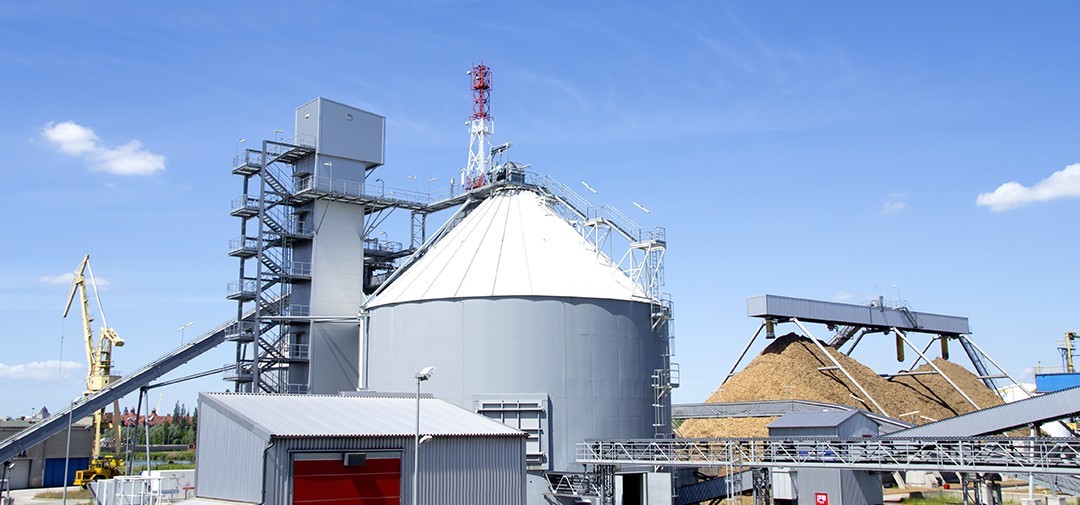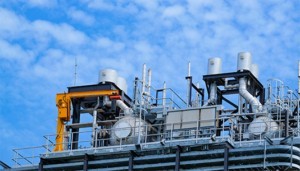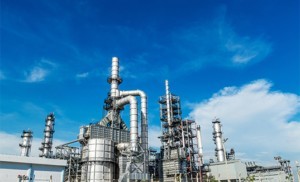Implementation of waste classification to expand the back-end industrial chain of waste disposal
Secondary heading
On June 6, 2019, the nine ministries and commissions including the Ministry of Housing and Urban-Rural Development, the National Development and Reform Commission, and the Ministry of Eco-Environment jointly issued the “Notice on the Comprehensive Implementation of Domestic Waste Classification in Cities at and above the National Level” and decided to build on 46 pilot cities. Starting in 2019, the domestic waste sorting work will be launched in all cities. By the end of 2020, 46 key cities will basically build a garbage classification and processing system; by 2025, cities at prefecture level and above will basically complete a garbage classification and processing system. With the gradual classification of garbage in 46 pilot cities, the demand space for domestic garbage collection, classification, recycling and other professional equipment has been directly expanded. Environmental sanitation equipment will usher in a new stage of development, including the upgrading of sanitary equipment and the demand for professional storage and transportation equipment Wait.
The waste classification industrial chain is composed of three parts: front-end classification and delivery, mid-end collection and transshipment, and back-end processing and disposal. The front-end sorting process is mainly carried out by residents and relevant regulatory agencies; in the mid-range collection and transshipment process, some valuable waste is comprehensively utilized by self-employed or recycling enterprises; ordinary domestic waste is provided by local urban management departments and subordinate third-party sanitation services The enterprise implements cleaning, collection and transportation; according to the current disposal method, the back-end disposal is mainly divided into direct combustion, anaerobic fermentation and landfill treatment.
After more than 30 years of development, direct-burning incineration and landfill treatment have become the default waste disposal methods in most cities in China for many years. With the implementation of garbage classification and the preliminary separation of dry and wet garbage, wet garbage (organic garbage) with high water content urgently needs centralized treatment. It has been agreed in the garbage treatment industry that food waste is not suitable for landfill treatment. The end products of anaerobic fermentation are more economical than other treatment methods and have become the most mainstream wet waste solution in the industry.
Secondary heading
On June 6, 2019, the nine ministries and commissions including the Ministry of Housing and Urban-Rural Development, the National Development and Reform Commission, and the Ministry of Eco-Environment jointly issued the “Notice on the Comprehensive Implementation of Domestic Waste Classification in Cities at and above the National Level” and decided to build on 46 pilot cities. Starting in 2019, the domestic waste sorting work will be launched in all cities. By the end of 2020, 46 key cities will basically build a garbage classification and processing system; by 2025, cities at prefecture level and above will basically complete a garbage classification and processing system. With the gradual classification of garbage in 46 pilot cities, the demand space for domestic garbage collection, classification, recycling and other professional equipment has been directly expanded. Environmental sanitation equipment will usher in a new stage of development, including the upgrading of sanitary equipment and the demand for professional storage and transportation equipment Wait.
The waste classification industrial chain is composed of three parts: front-end classification and delivery, mid-end collection and transshipment, and back-end processing and disposal. The front-end sorting process is mainly carried out by residents and relevant regulatory agencies; in the mid-range collection and transshipment process, some valuable waste is comprehensively utilized by self-employed or recycling enterprises; ordinary domestic waste is provided by local urban management departments and subordinate third-party sanitation services The enterprise implements cleaning, collection and transportation; according to the current disposal method, the back-end disposal is mainly divided into direct combustion, anaerobic fermentation and landfill treatment.
After more than 30 years of development, direct-burning incineration and landfill treatment have become the default waste disposal methods in most cities in China for many years. With the implementation of garbage classification and the preliminary separation of dry and wet garbage, wet garbage (organic garbage) with high water content urgently needs centralized treatment. It has been agreed in the garbage treatment industry that food waste is not suitable for landfill treatment. The end products of anaerobic fermentation are more economical than other treatment methods and have become the most mainstream wet waste solution in the industry.


